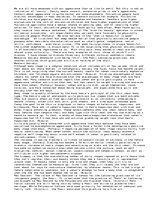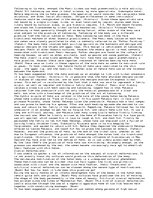-
Culture Variations of Aesthetic Ideals
We are all more obsessed with our appearance than we like to admit. But this is not an indication of 'vanity'. Vanity means conceit, excessive pride in one's appearance. Concern about appearance is quite normal and understandable. Attractive people have distinct advantages in most societies. In western culture for example; Attractive children are more popular, both with classmates and teachers. Teachers give higher evaluations to the work of attractive children and have higher expectations of them; Attractive applicants have a better chance of getting jobs, and of receiving higher salaries; In court, attractive people are found guilty less often. When found guilty, they receive less severe sentences. (Raftery) The 'bias for beauty' operates in almost all social situations - all experiments show we react more favorably to physically attractive people.(Raftery) We also believe in the 'what is beautiful is good' stereotype - an irrational but deep-seated belief that physically attractive people possess other desirable characteristics such as intelligence, competence, social skills, confidence - even moral virtue. (The good fairy/princess is always beautiful; the wicked stepmother is always ugly) It is not surprising that physical attractiveness is of overwhelming importance to us. With this said, many esthetic ideal are not shared cross culturally. There are many examples of this, three of which I will discuss. I have chosen to discuss three very different cultural aesthetic ideals; Westerns society obsession with being 'thin'; the Maori tattooing practices; and another cultures which practices artificial molding of the skull.…



